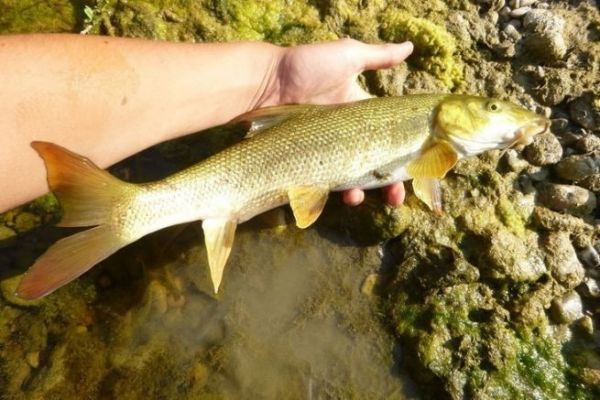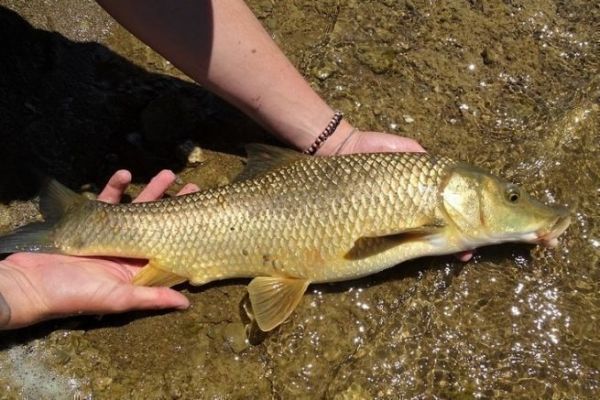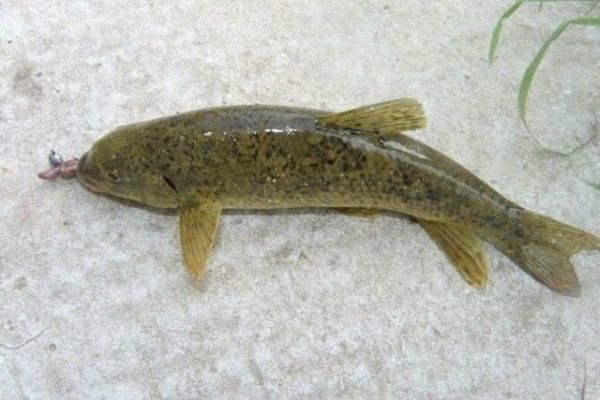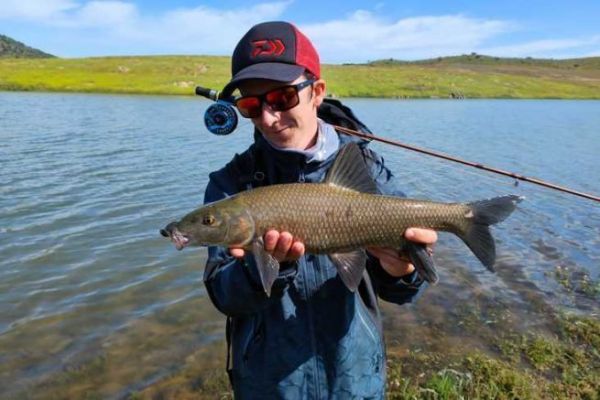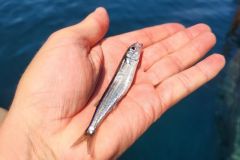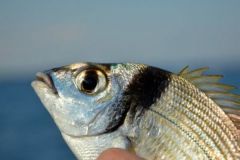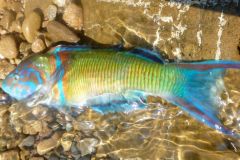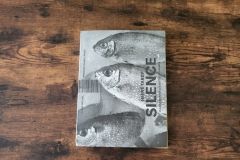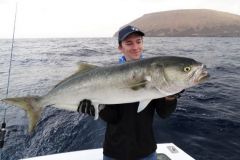The southern barb presentation
Endemic fish of the south of France, the southern barbel (Barbus meridionalis) is also called trout barbel. Smaller than the common barb, its size varies between 10 and 30 cm on average. Like all barbels, it has an elongated shape and two pairs of barbels on its small mouth with thick lips. Its body has yellowish flanks with small spots or mottles. Its belly is white and its anal fin is long. The southern barbel feeds mainly on invertebrates, worms, crustaceans, larvae. Its reproduction period is between April and July depending on the water temperature.
Where to find it?
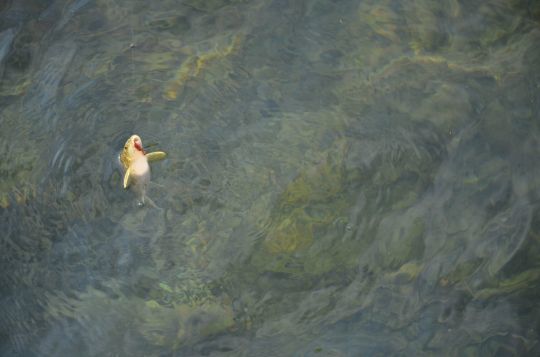
Looking specifically for the southern barbel allows you to discover a new species of fish. It is mainly found in small rivers where the currents are not too important. It has the ability to survive in very little water and at quite high temperatures, hence its presence in the south of France. The southern barbel is a gregarious fish, which means that it lives in small schools. When the water is clear, you can easily distinguish one or several southern barbels mixed with other species such as chub on gravel bottoms.
Southern barbel fishing
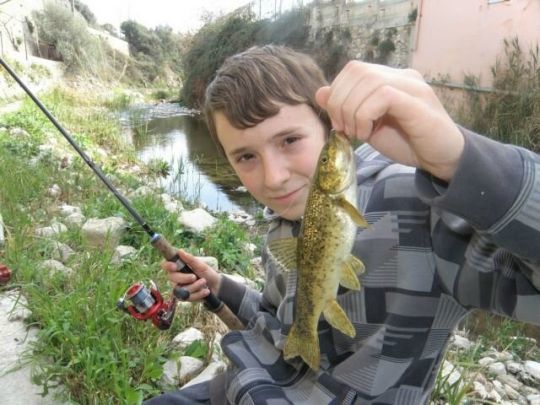
The southern barbel is mainly fished with bait. The earthworm is a very appreciated food by this small benthic fish. You can fish either with a wedge, or with a float or even with a toc. Fly fishing or lure fishing can also be used to catch southern barbel. In clear water, sight fishing with polarized glasses allows you to target only this species of fish. The finesse of your rigs will significantly increase the number of catches. An easy fishing that can be practiced with children.
In no kill only
Competing with the river barb and with a habitat subject to many constraints such as pollution, the southern barb may be subject to protection measures. A species to look for for pleasure only.

 /
/ 

